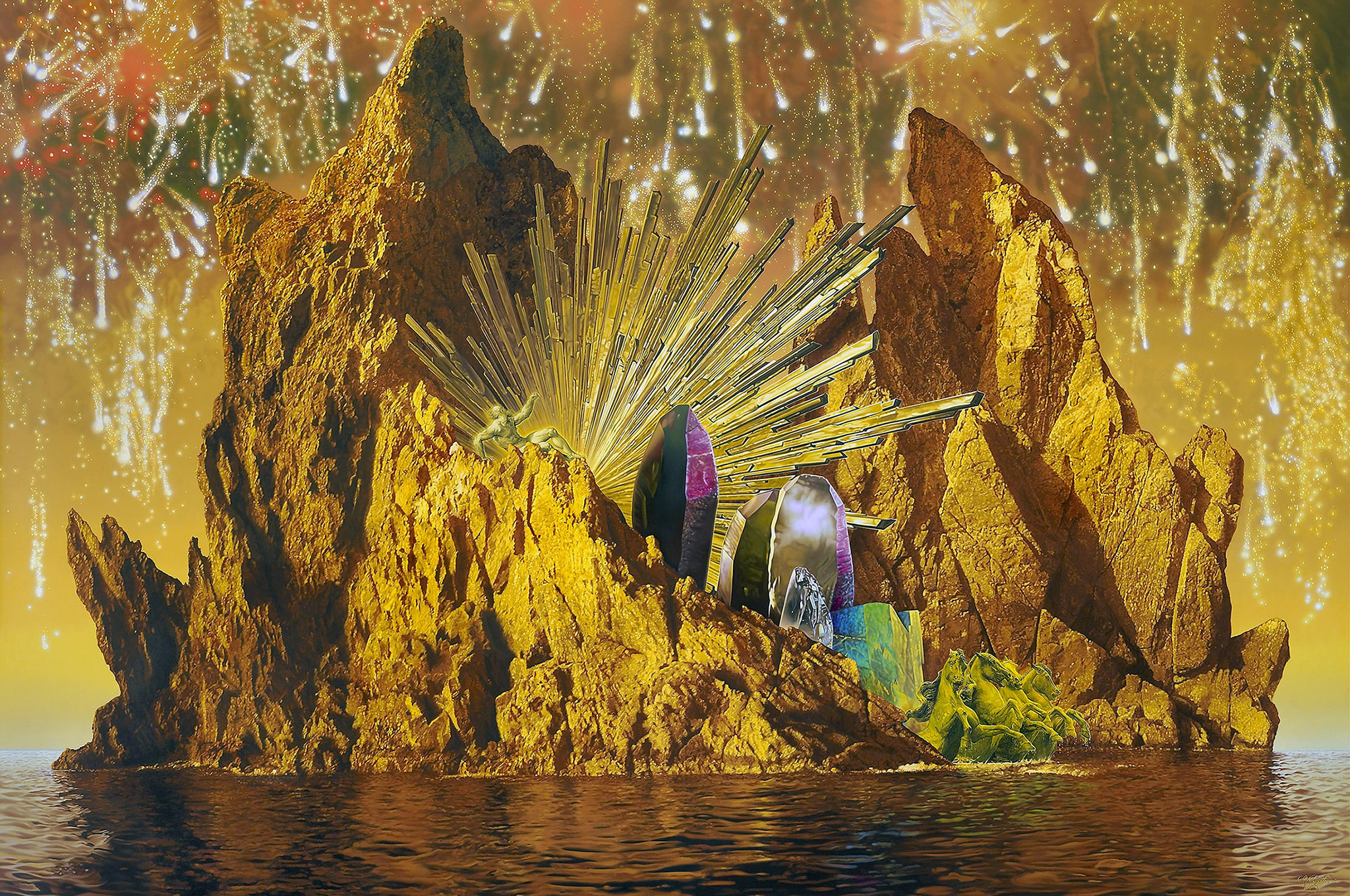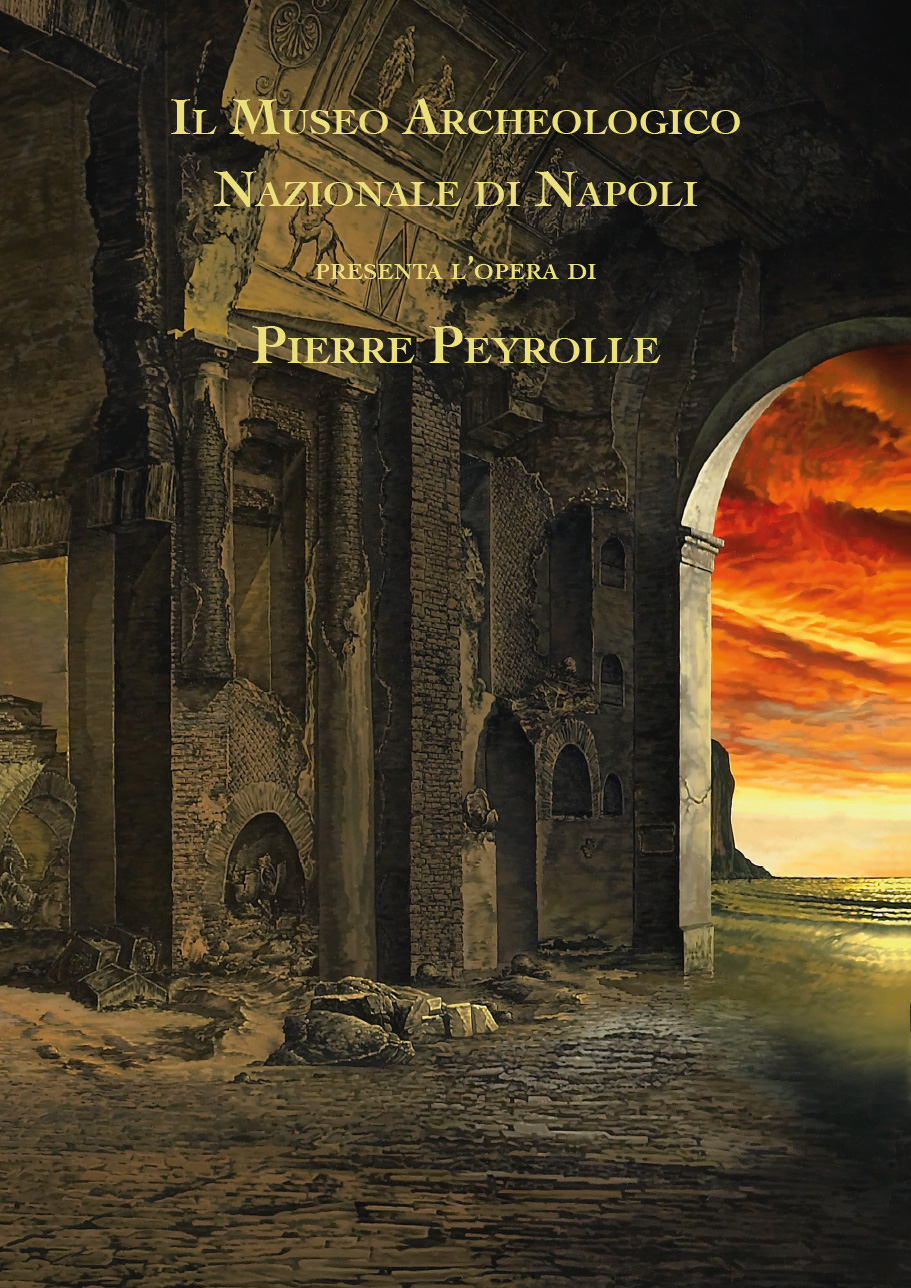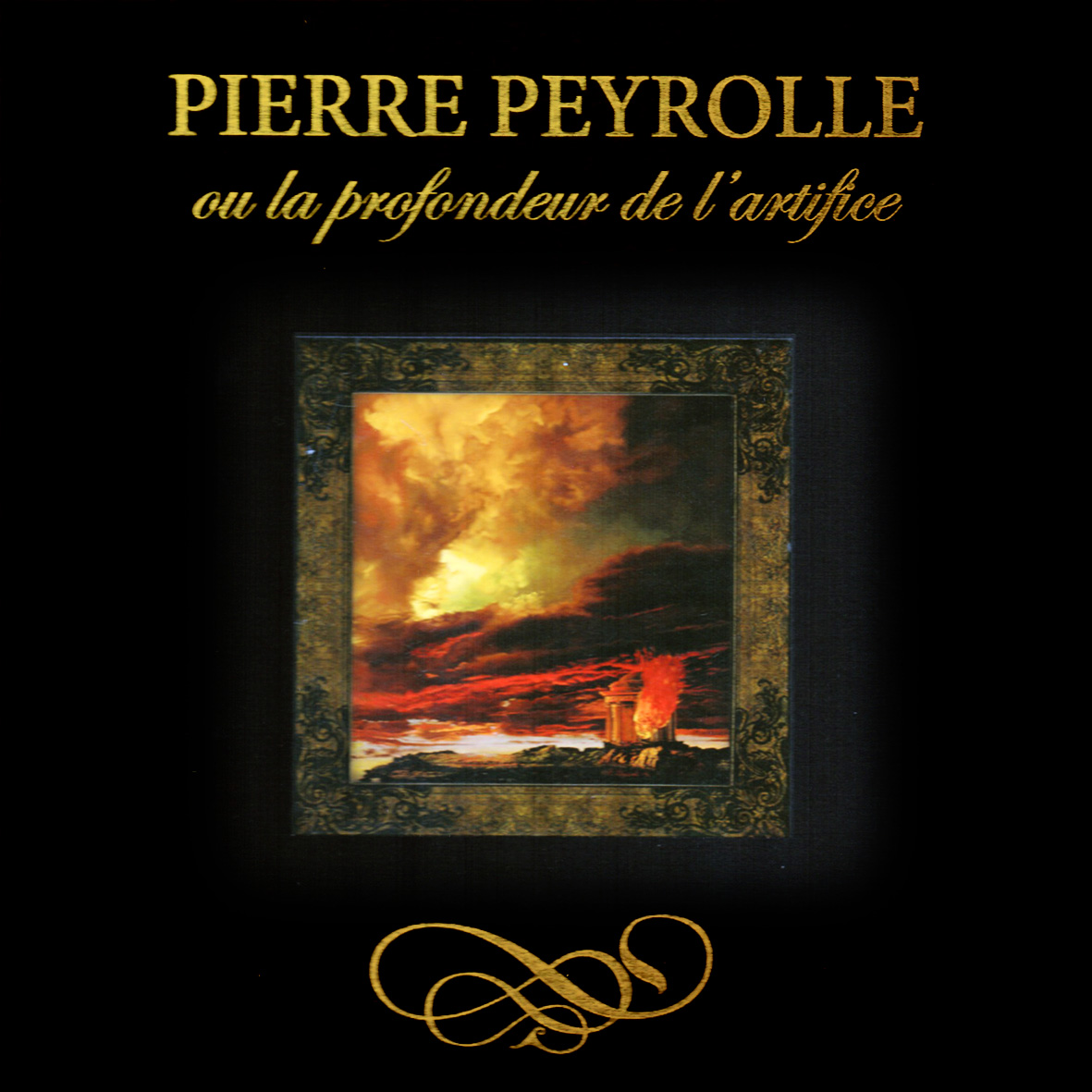Pierre Peyrolle, a Painter on the Fringe
His paintings, akin to the vanitas of the great Flemish masters, where alongside the profane splendors—brocades, fabrics, jewels—there was always a skull or a funeral riddle, gradually elude us as we think we discover them. The pleasure they offer is continuously thwarted by the presence of death in the background. In this sense, the meticulous figuration that Pierre Peyrolle has made his trademark is much more "abstract" than the painting of the same name, much more "conceptual" than the empty art of the masters of nothingness. Yet, Pierre Peyrolle knows well that he will not resurrect great painting. His extreme virtuosity, artistic precision, and relentless persistence in clinically representing our civilization will not bring it back to life. At most, like the painter Frenhofer imagined by Balzac in *The Unknown Masterpiece*, he might show us a fragment of what great painting could have become in the West if the catastrophe of the 20th century had not occurred. Therefore, he is left to raise in the distance a mausoleum as haughty and inaccessible as *The Isle of the Dead* by Arnold Böcklin, of which the painter has, moreover, created three "enormous" pictorial commentaries. These signals he sends us from a sunken wreck, Pierre Peyrolle does not expect them to be perceived by us, his contemporaries. Museum curators, art critics, and even collectors have no interest in this cumbersome history painting, or rather this painting of the end of history. His precision, coherence, and brevity contrast too starkly with what hangs today in galleries: the vague, the verbose, the indecisive. Thus, Pierre Peyrolle continues to paint as one commits suicide. Or rather as one sacrifices oneself. To raise, above the flood of mediocrity, a waiting stone.




